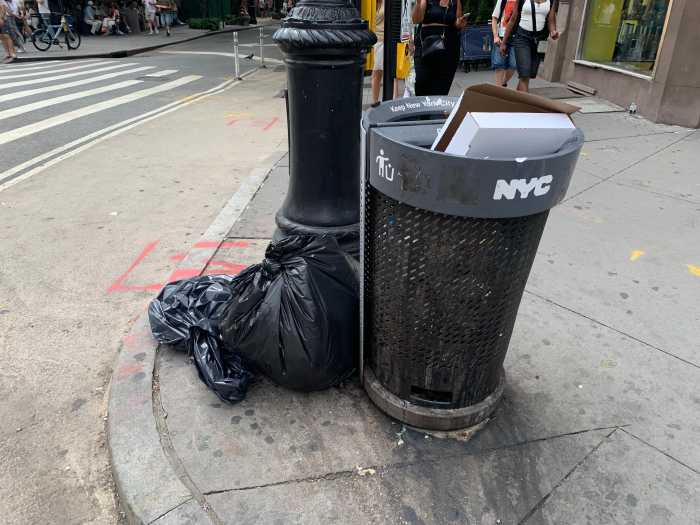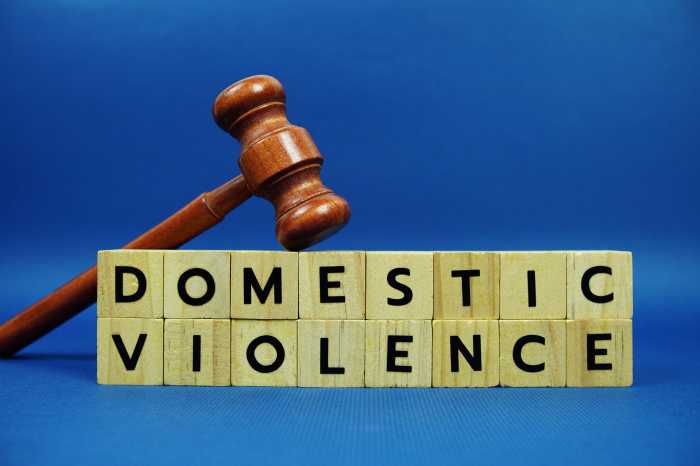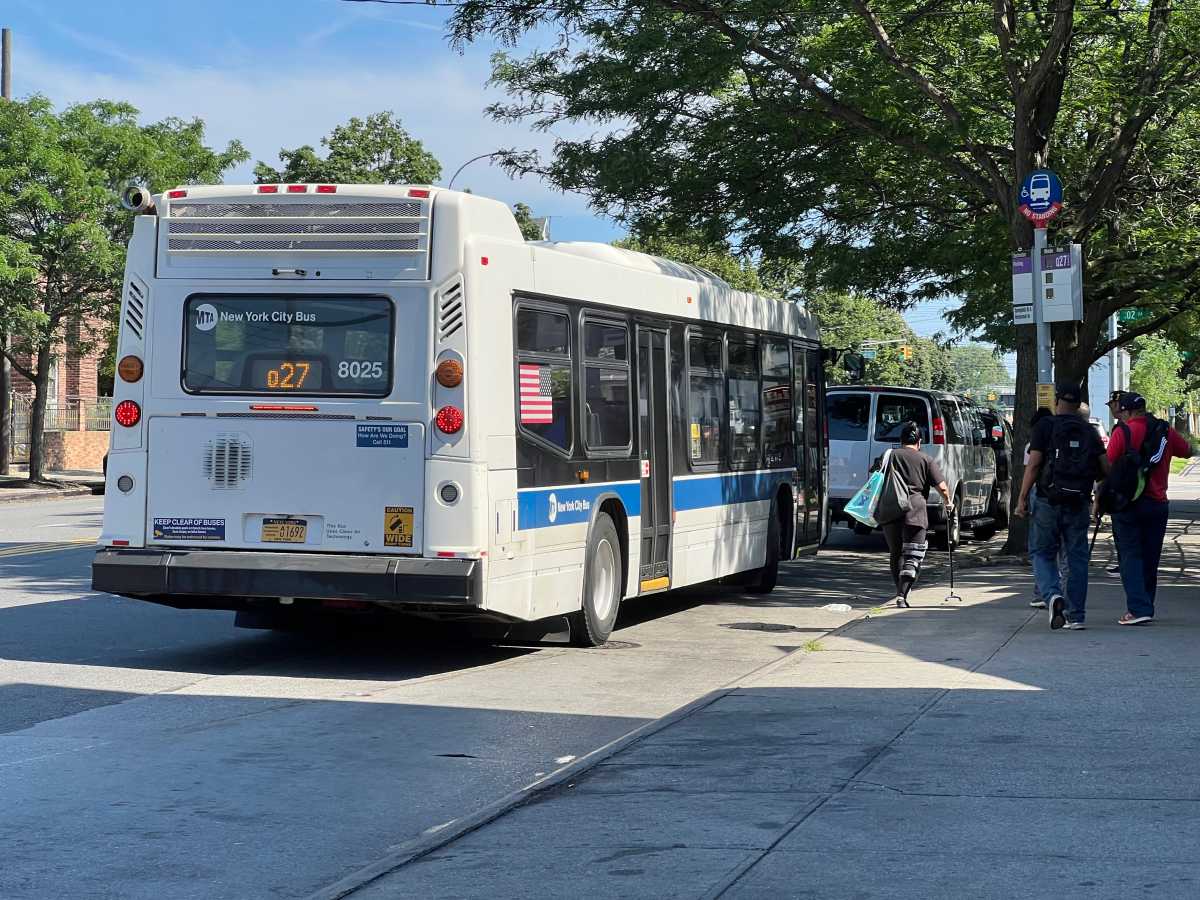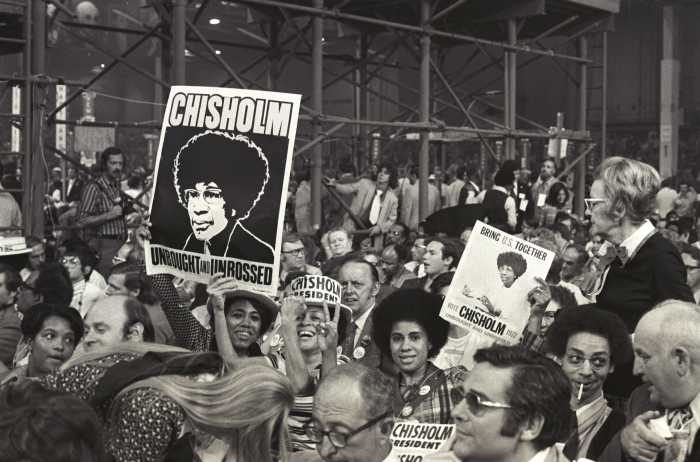BY MADELYN WILS (President & CEO, Hudson River Park Trust) | For all of us who love Hudson River Park, I would like to think that the ultimate goal is to finally see the park completed and self-sufficient, so the public can enjoy all four miles of it. In an effort to keep the facts straight, I must point out the inaccuracies in the recent piece by Save Chelsea, which includes several misunderstandings about the park’s funding model, and about private investment in parks generally.
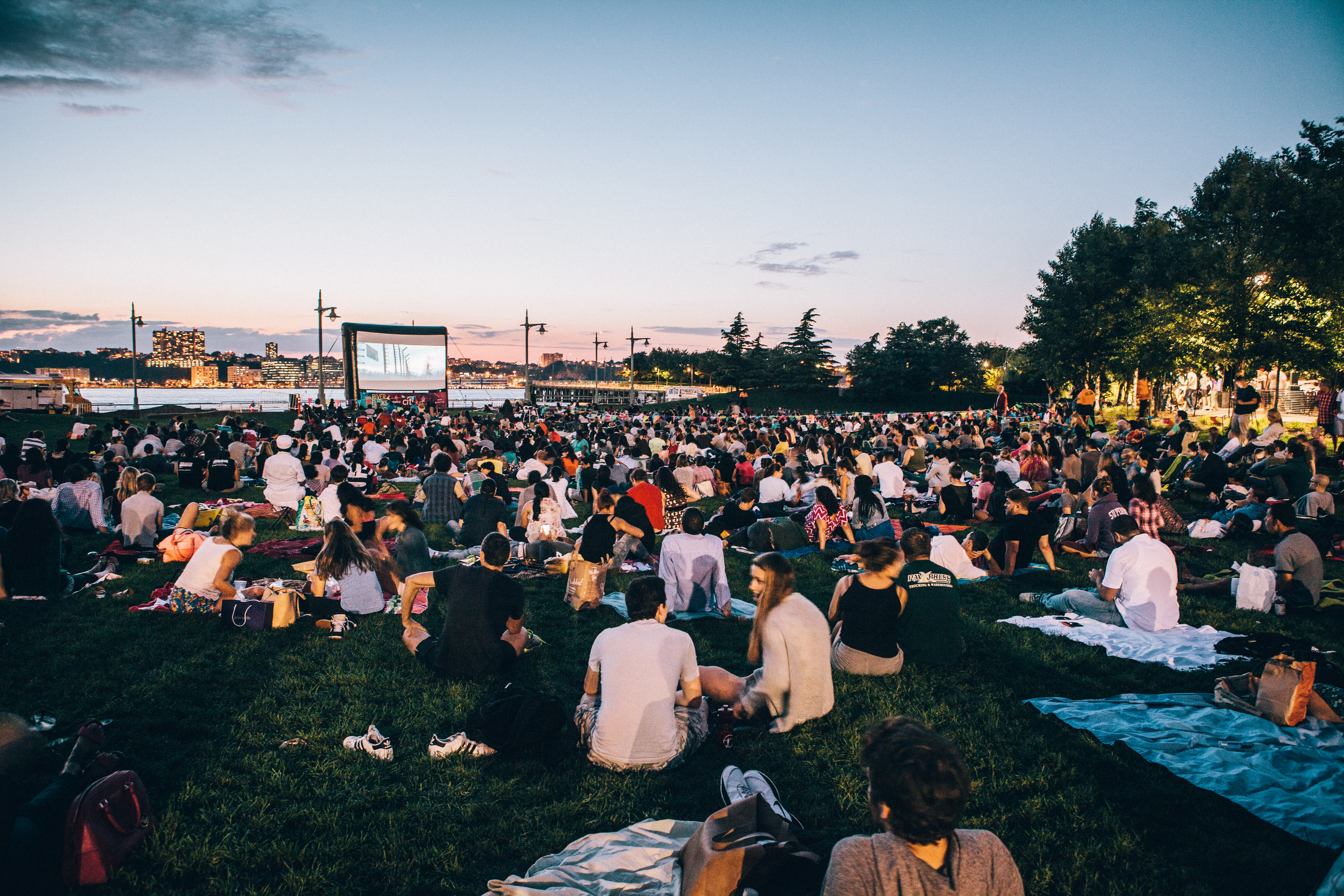
First, to say that the original plan for funding Hudson River Park was never implemented is completely false. While there of course may have been early discussions about culling park funds from taxes, such a proposal was never incorporated into the 1998 Hudson River Park Act, yet the amount needed to care for the park is more than was anticipated at that time.
That is why in 2013 the state legislature approved a plan to sell some unused development rights from designated commercial piers, provided, of course, that city zoning allows such a change. Funds generated from any approved sales will pay for both capital construction, particularly in the unfinished northern section of the park, as well as ongoing capital maintenance to ensure the park’s longevity.
The Hudson River Park Act makes clear that the park is to fund its own maintenance and operations, to the extent practicable, through funding mechanisms like those outlined above, and others, like concessions.
And what about those concessions — a beer garden, or a restaurant? Are these, as the writer suggests, “opposed to the basic definition of what a public park is supposed to be?” Well, not according to the many millions who’ve flocked to our city’s parks to enjoy such amenities for more than a century. Complaints about crowds and lines — complaints about, essentially, lots of people enjoying our city’s public spaces — fall on deaf ears for most New Yorkers. And the courts agree, having repeatedly upheld such uses as appropriate for parks.
In the case of Hudson River Park, since we don’t get operating funding from the state and city, we look for appropriate ways to generate income while still ensuring the park remains a park — free and open for all to enjoy, and offering a variety of uses for all ages. There’s a long tradition of parks hosting unenclosed beer gardens and venues that serve alcoholic beverages. Properly done, they are an amenity for park users, and not simply revenue generators. And in many cases, they provide a family friendly environment. Battery Gardens in the Battery, Pier i Cafe in Riverside Park South and Fornino in Brooklyn Bridge Park are just a few examples.
The planned beer garden at Pier 62 will be no exception. Its operator has agreed to keep its music at an ambient level, and there’s little concern it will drown out the far-louder pop music that plays at the adjacent carousel. Additionally, we’re working closely with the operators of both the proposed beer garden and the carousel to ensure that the pier remains family-friendly. As we’ve seen across the city, that’s certainly an attainable goal.
The letter also misrepresents the plans for Pier 57. There’s no disputing that private investment in the historic pier will enable the structure to be completely restored, providing a dramatically better public park experience, rather than the abandoned structure that stands there today. Additionally, and aside from the rent that will be provided to support the park, the Trust is requiring the developer to create an 80,000-square-foot public park on the roof and a new perimeter esplanade for the public to enjoy.
The accusation made by Save Chelsea that private money for parks creates benefits for “just the few” is particularly odd. Who’s excluded from our lawns, esplanade, and free concerts? Who, for that matter, can’t enjoy a day on Prospect Park’s Long Meadow or Central Park’s Great Lawn? Who can’t relish canoeing or kayaking on the Bronx River or in Hudson River Park or jogging on Randall’s Island? Consider where some of our city’s most popular parks, which serve tens of millions of New Yorkers from across the city, would be without private investment that has helped revive them and many of their surrounding neighborhoods.
Finally, the writer claims that that the public is “growing increasingly skeptical” about private interests gobbling up some of those treasured spaces.
When I go into our park, which I do often, I see millions of New Yorkers running and biking, boating and fishing, sunning themselves and laughing — and yes, eating and drinking items purchased in the park. So I beg to differ.



